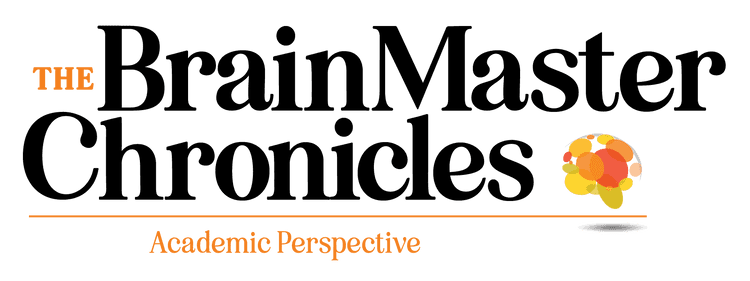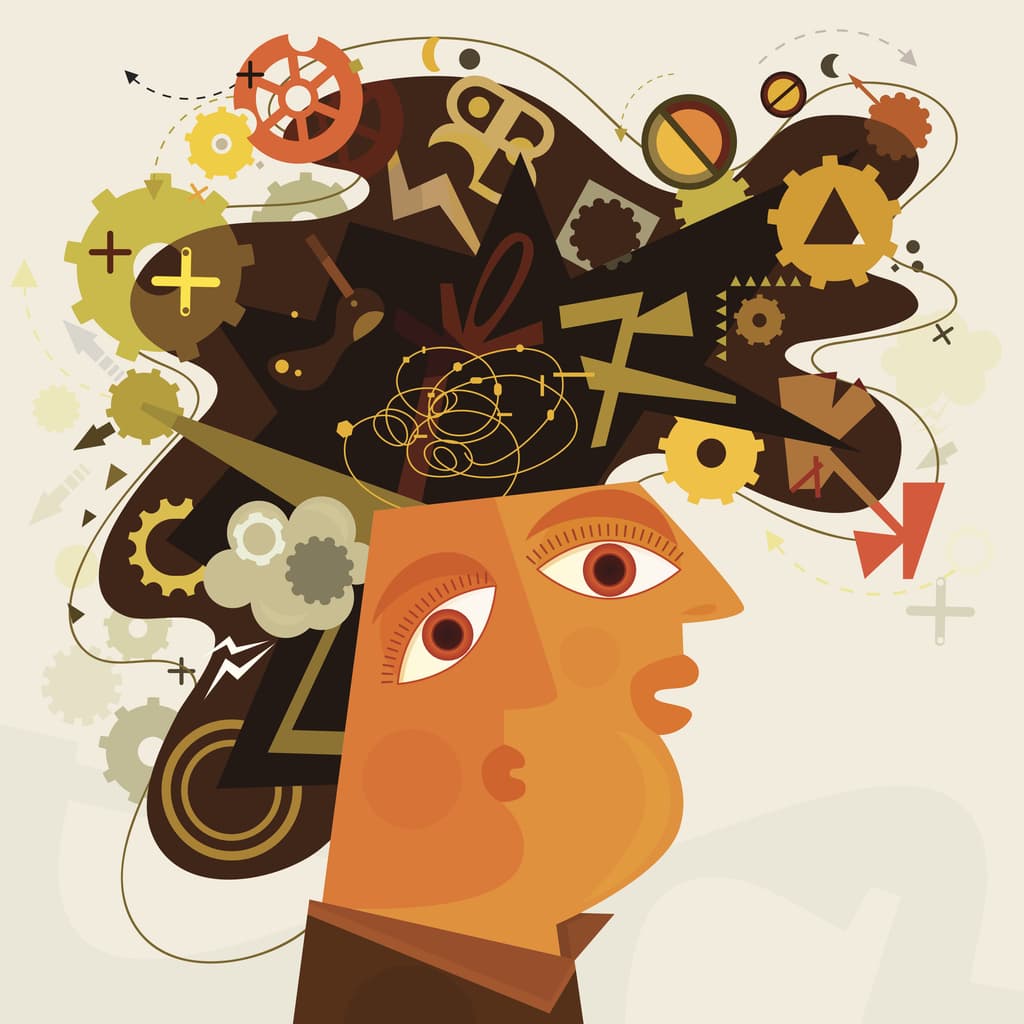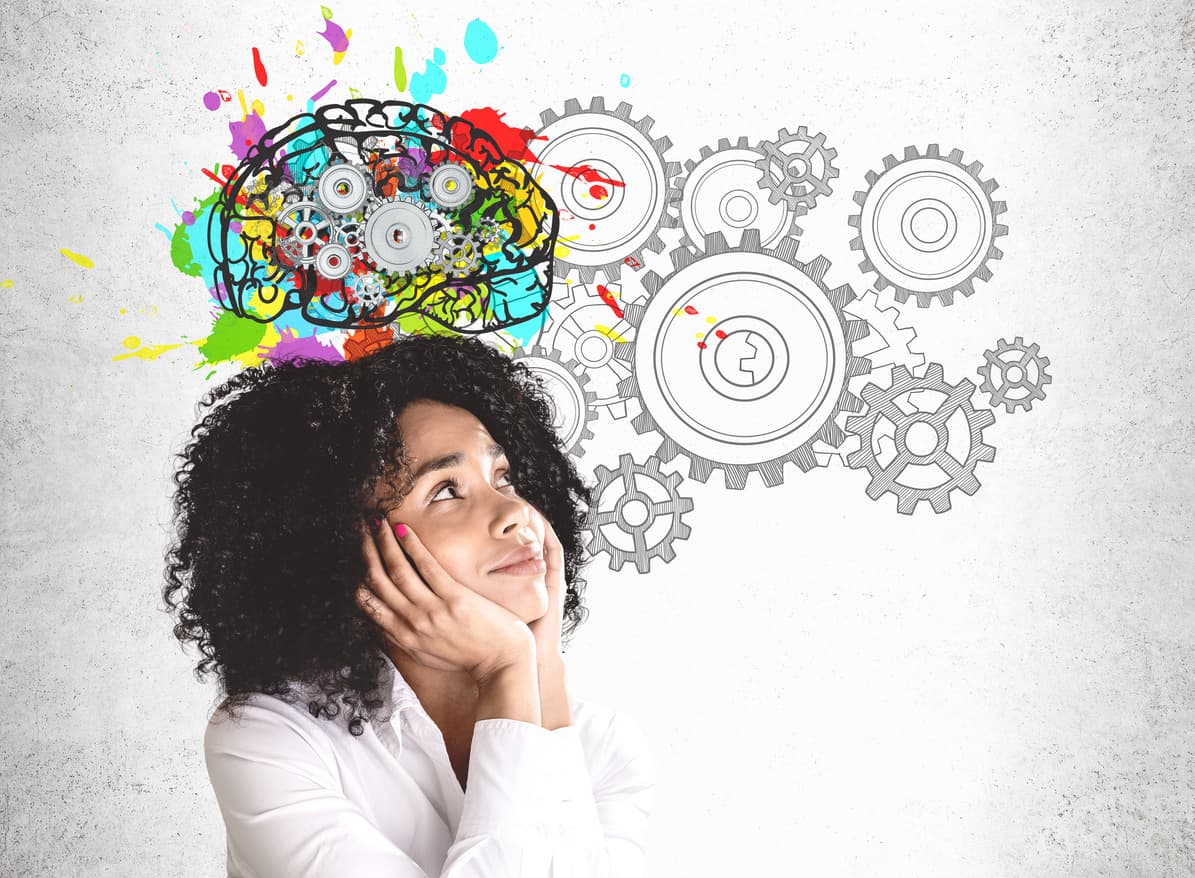

Brain and Mind: A Comprehensive View
“Being able to be your true self
is one of the strongest components
of good mental health.”
— Lauren Fogel Mersy, n.d.
The science of mental health is converging on a brain-based model of emotional responses and decision-making in a readily accessible format. There is a need for models that can be used by counselors and other mental health professionals with or without the use of extra physiological monitoring or biofeedback equipment. The creation of such a model, however, can make use of scientific methods and processes that reveal brain activity related to thoughts, feelings, and behaviors, in a global context.
From our perspective, the brain is a pattern-recognition and decision-making machine, that is tailored to operate in the body of an organism. Even though it is a part of the organism, it has its own goals, and its own means of seeking those goals. Whereas an individual may have goals that include safety, nourishment, comfort, social interactions, and other high-level objectives. the brain itself has a much simpler scope. The brain’s goals are better understood in terms of the mechanics of recognizing patterns, detecting danger, considering options, determining the safety of various options, and, finally, controlling the motor functions that allow the organism to operate in its environment.
In one sense, the brain can be thought of as a parasite, a “rider” that is using its position in the organism to pursue its own goals. The brain uses its host to implement a program that ensures that it will have adequate food, oxygen, heat, and protection. It has further goals that involve thermodynamic and physical optimization, minimization of energy expended, and the seeking of novelty and pleasure, as examples. Indeed, one of the most important roles of a therapist is to help the client get their brain’s goals in line with their own goals.
Many disorders, from depression, anxiety, addiction, and compulsive thoughts and behaviors, stem from the brain’s seeking of locally optimized results, blind to the overall goals of the host. According to Gregory Bateson, “The major problems of the world are the result of the difference between how nature works and the way people think.” Thus, what we typically think is not “real” and may have little connection with reality.
This is why neuroscience provides a unique perspective on human behavior and mental health. By understanding the underpinnings of the brain’s roles and priorities, we can better understand why an individual would think, feel, and act in a certain way. The individual may believe that he or she is in control of their life, making their own decision, and setting their own priorities.
But the fact that everyone is dependent on a properly functioning brain for this to happen means that what we think is going on may be far from the facts. Future posts will describe the relevance of neurophysiology — particularly quantitative EEG and neurofeedback — to understand and work with these issues.
Tom Collura
Ph.D., MSMHC, QEEG-D, BCN, NCC, LPCC-S, Founder
“When mental health is ultimately recognized
as essential to physical health, not an extraneous element of it,
then we will have access to true, complete, modern medicine.”
— John Campo, 2017


